My journey into the world of Charles Rohlfs began in 2012, when I first encountered images of his towering tall-back chair and his innovative 1898 desk chair. I was captivated—they were, without question, the most beautiful chairs I had ever seen. So much so that I crafted a reproduction of the tall-back chair, which was later featured in Fine Woodworking issue #291.
What drew me in was Rohlfs’s remarkable blend of artistic vision and bold eccentricity. His famous declaration, “If I make a chair, I am a chair,” reveals how deeply he immersed himself in his craft. For over a decade, I’ve been studying, researching, and recreating his work to better understand his methods—not just as a historian, but as a fellow woodworker.
🪑 Who Was Charles Rohlfs? (1853–1936)
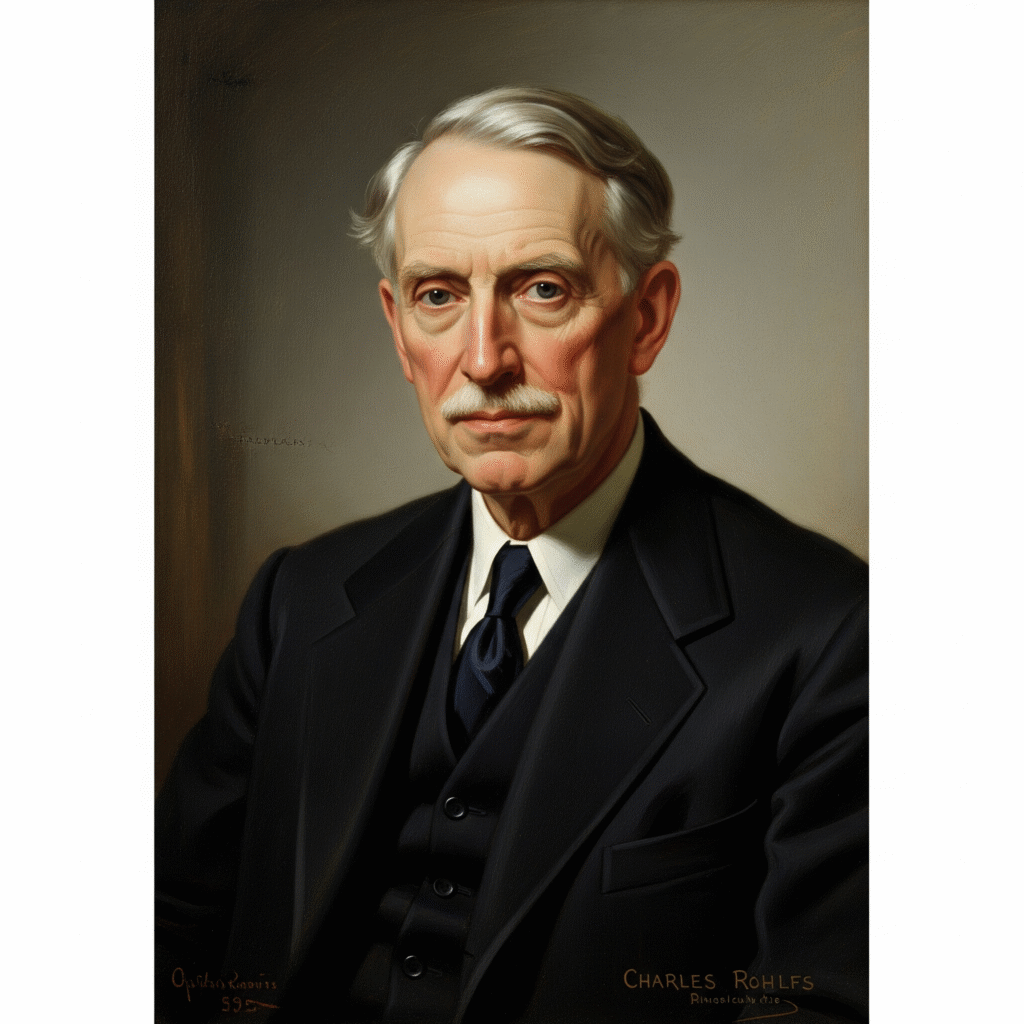
Charles Rohlfs was more than just a furniture maker—he was a true artisan and innovator. Originally a pattern maker and stove designer, Rohlfs transitioned to furniture design in the late 1890s after a brief career as an actor. Operating from his Buffalo, New York workshop, he earned widespread acclaim with a 1900 feature in House Beautiful, which helped propel his name to national and international prominence.
🎨 A Unique Design Language
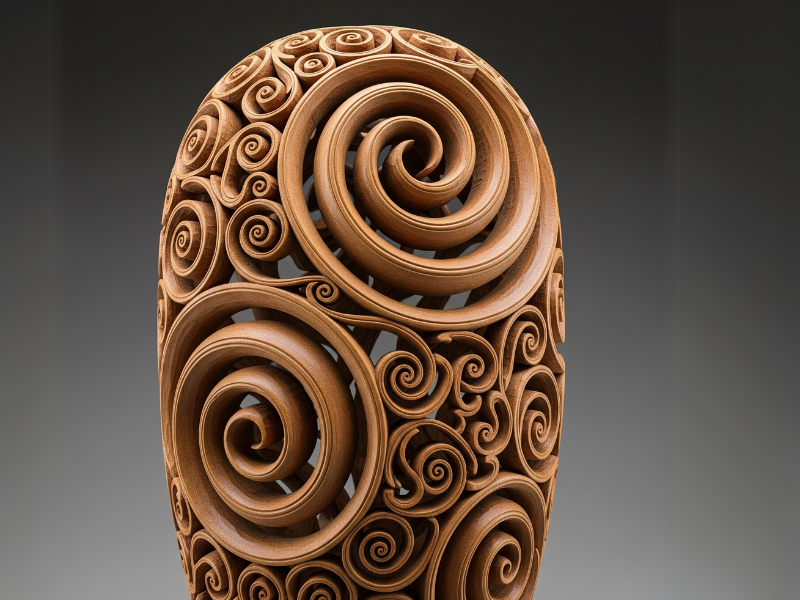
Rohlfs’s work merges elements of the Arts and Crafts movement with influences from Art Nouveau, Gothic, and Asian aesthetics. His signature style is defined by:
-
Bold, sculptural forms
-
Elaborate fretwork inspired by nature
-
Carvings featuring flowing smoke-like curves and spiral fiddleheads
-
Dark-stained oak or ash, occasionally mahogany, often with a matte finish
Unlike many woodworkers of his time, Rohlfs frequently incorporated screws into his joinery—concealed beneath faceted, raised plugs that doubled as decorative elements. His chairs, tables, and casework often use tusk-tenon joints locked with carved wedges, giving each piece both durability and visual intrigue.
📐 The Reproduction Process: From Drawing to Prototype
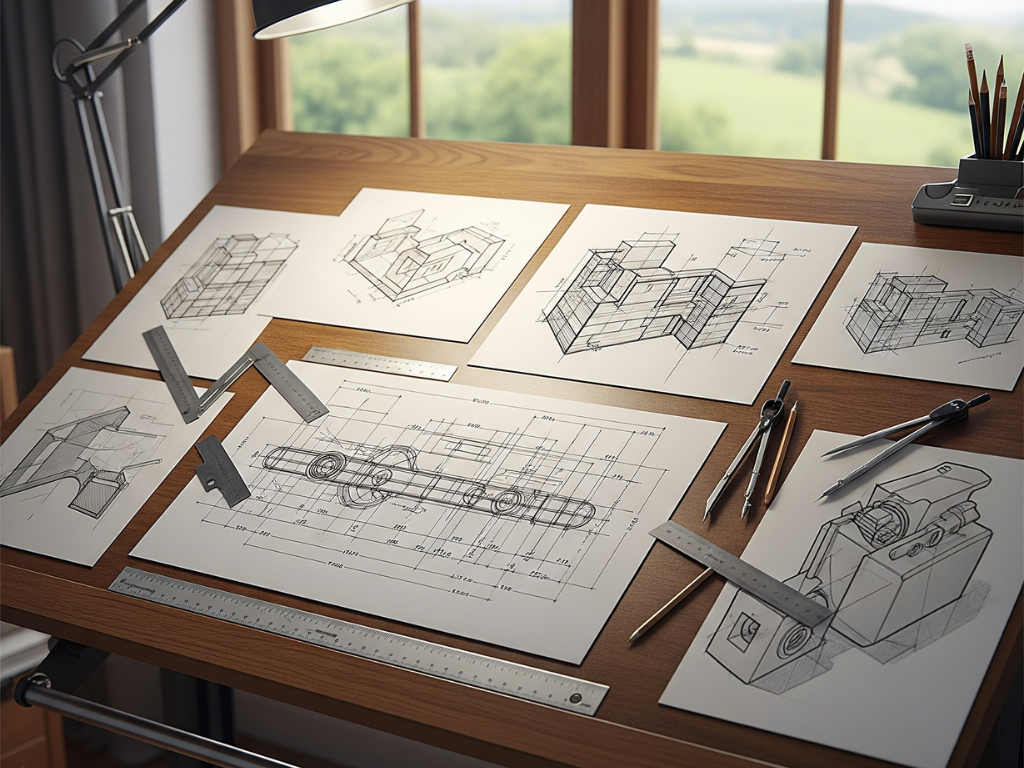
When recreating Rohlfs’s furniture, I begin with detailed photographs from books, museum archives, and auction listings. If available, I study the original pieces in person. From these references, I create full-size plans using Inkscape—digitally tracing the fretwork, refining proportions, and printing templates.
To ensure accuracy and avoid wasting fine hardwood, I first build prototypes using MDF, poplar, and plywood. These mock-ups allow me to:
-
Test proportions and joinery
-
Practice fretwork cutting
-
Refine carving techniques using basswood before committing to oak or ash
🌀 The Swivel Desk: An Engineering Marvel
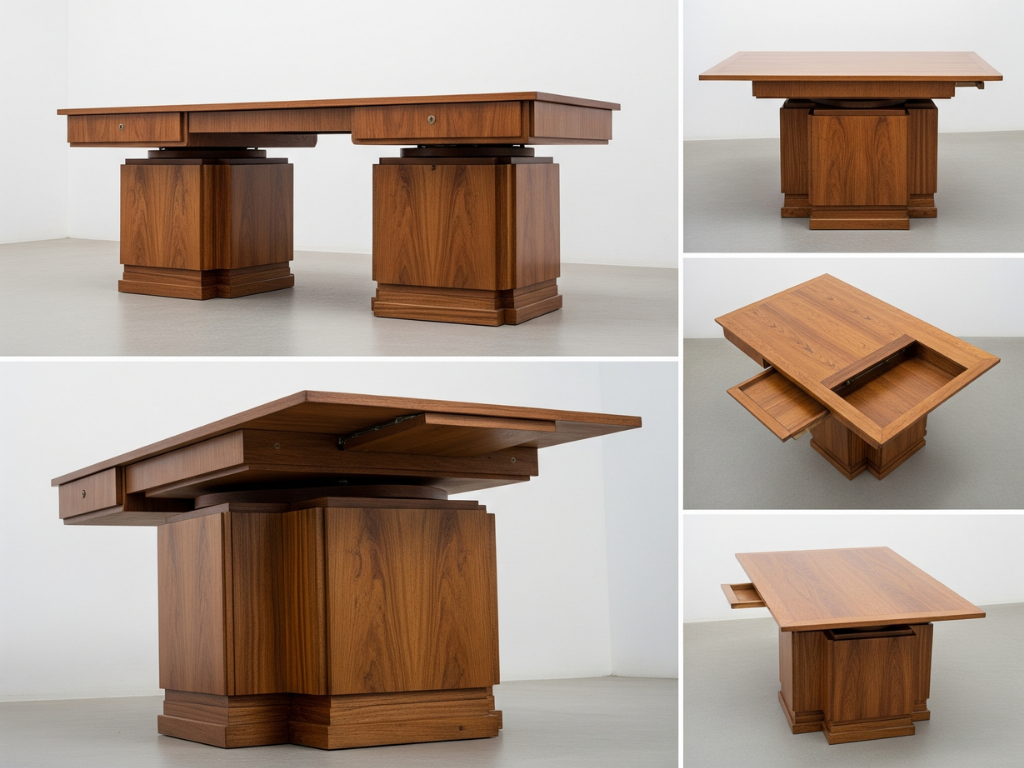
One of Rohlfs’s most iconic creations is the swivel desk from the Graceful Writing Set, which also included a hall chair and a waste container. I studied an original desk at the Nelson-Atkins Museum of Art in Kansas City and used detailed measurements and photos to replicate it.
In a twist of convention, Rohlfs designed a stationary chair with a rotating desk. The desk rotates on three hidden wheels placed 120° apart, centered around a pivot bolt. This allows easy access to drawers and compartments on either side. The desk’s body is framed internally and wrapped in decorative fretwork panels secured with screws.
Its upper section, marked by flame-shaped finials and a central smoke motif carving, visually echoes the desk’s dynamic nature.
🪑 Hall Chair and Umbrella Stand: Revisiting the Details
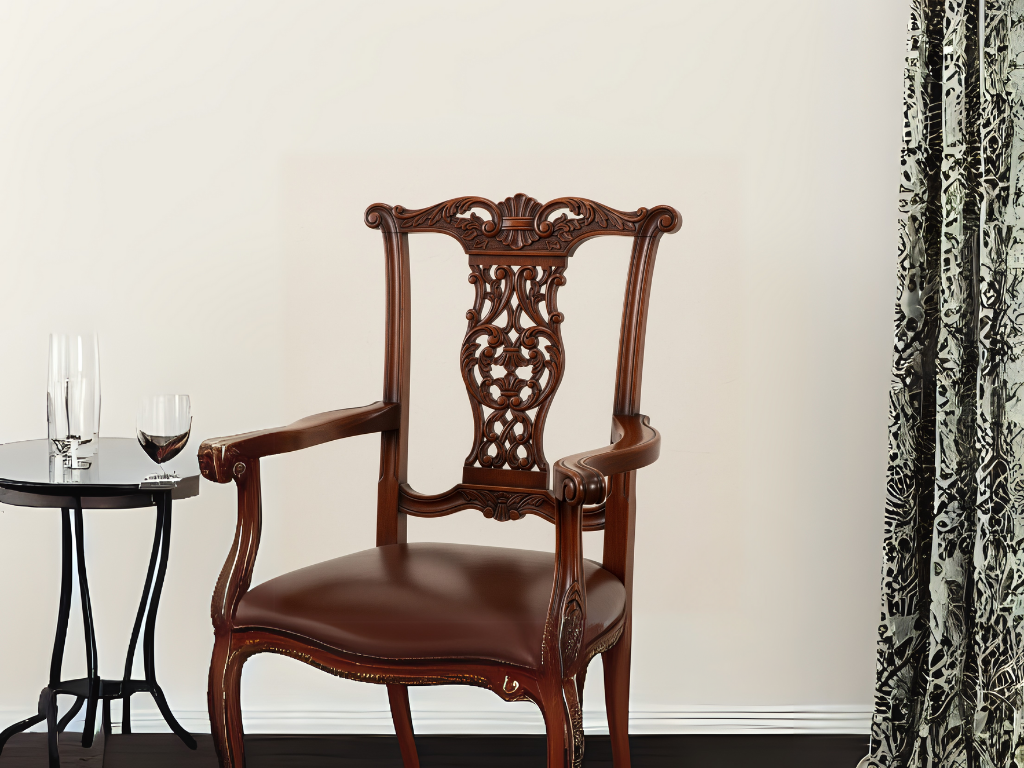
The hall chair, originally made in 1899, features one of Rohlfs’s most elaborate back carvings. Variants exist with different fret patterns and rail shapes. My reproduction is based on a 1904 version with especially complex detailing.
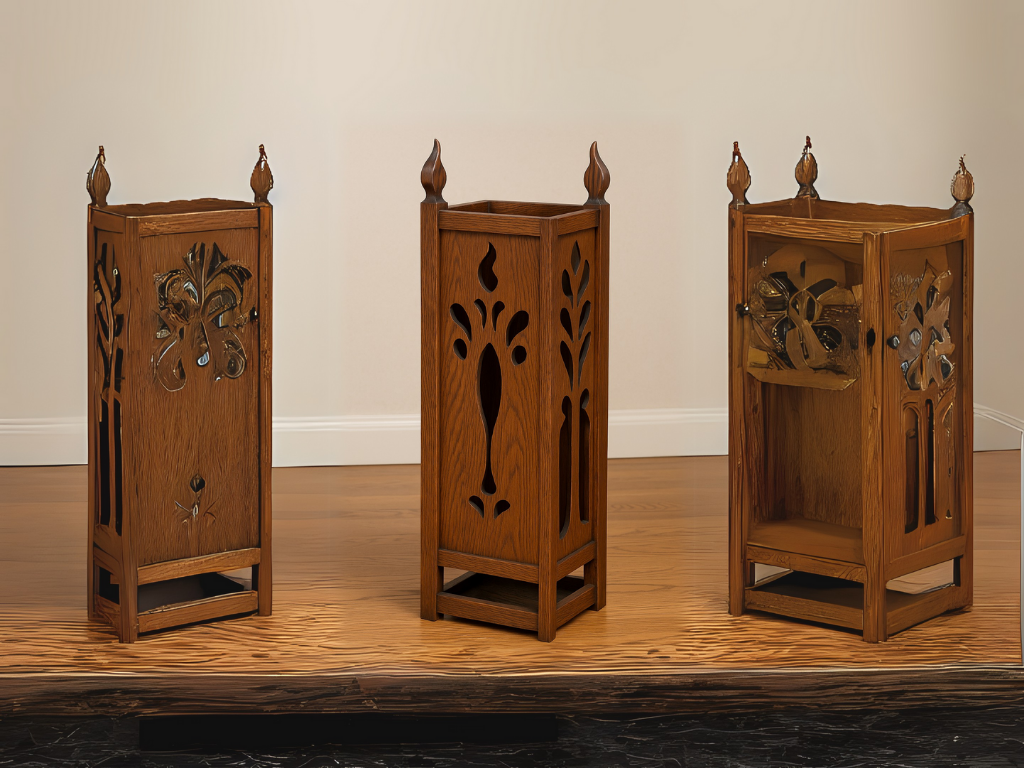
The waste container posed a greater challenge—no original piece survives, and only a single photograph exists. Using proportional measurements from the swivel desk, I estimated dimensions and reimagined it as an umbrella stand, maintaining its original decorative simplicity.
🛠️ Honoring Craft Through Recreation
Charles Rohlfs was more than a woodworker—he was a visionary whose furniture continues to inspire modern artisans. Through meticulous research, detailed drawings, and hands-on reproduction, I’ve gained a deeper appreciation for his unconventional techniques and enduring aesthetic.
Whether you’re a fellow woodworker or a lover of furniture history, I hope this journey into Rohlfs’s world sparks the same awe and admiration that first drew me in back in 2012.